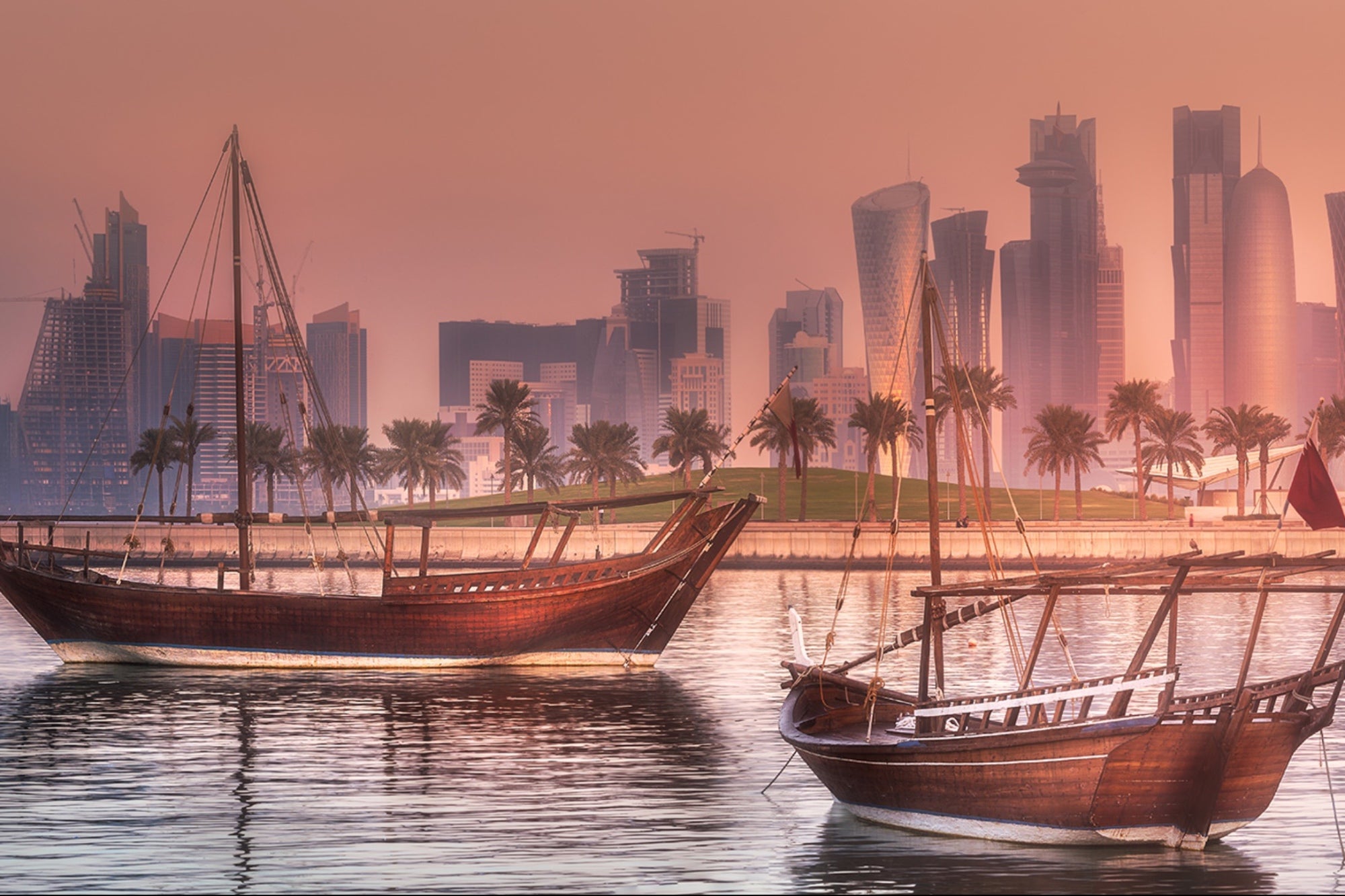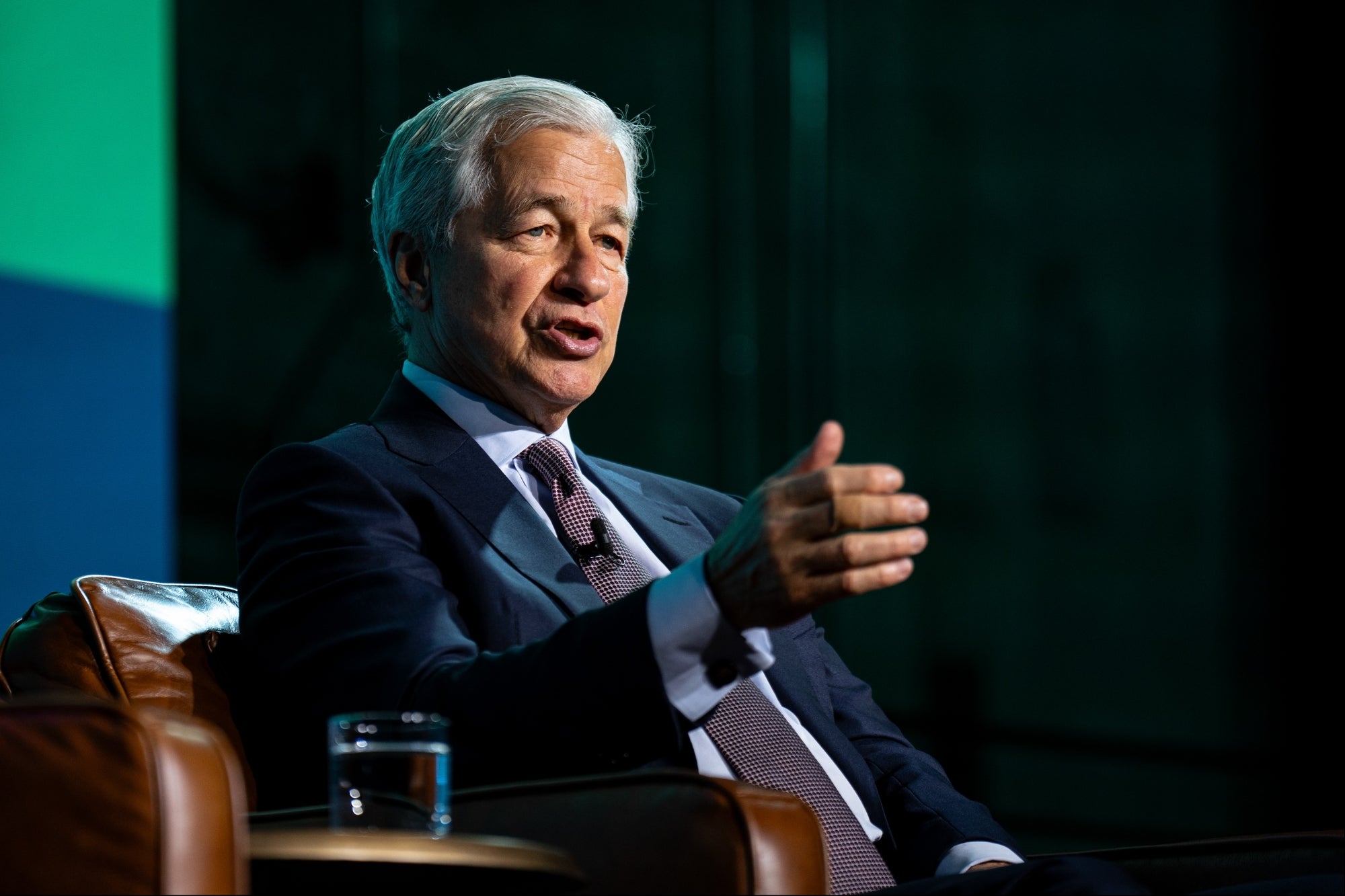Qatar Keeps Raising: Resilience, Reform, and Regional Ambition Increased investor confidence, backed by clear legal frameworks, new asset types, and digital infrastructure, make Qatar a strategic, long- term bet—especially as the country positions itself as a regional finance and tourism hub.
You're reading Entrepreneur Middle East, an international franchise of Entrepreneur Media.

In recent years, Qatar has emerged as a key real estate hub in the GCC, bolstered by sustained infrastructure investment, progressive ownership laws, and the global attention garnered during the FIFA World Cup 2022.
As we move through 2025, the country's property sector stands at an important crossroads—adapting to a post-World Cup reality while embracing broader economic diversification goals under Qatar National Vision 2030. The question on many investors' minds is this: what does the future hold for real estate in Qatar?
A Post-World Cup Market: What Changed?
The 2022 FIFA World Cup was a turning point for Qatar—not just in terms of soft power and tourism, but also as a catalyst for real estate growth. Over $300 billion in public and private infrastructure was poured into projects like the Doha Metro, Hamad International Airport expansion, roads, ports, and real estate developments such as Lusail City, The Pearl- Qatar, and Msheireb Downtown. In the lead-up to the tournament, demand surged for both commercial and residential units, especially in premium zones. However, by mid-2023, there were early signs of cooling. With major infrastructure complete and the event concluded, supply began to outpace demand in some categories— particularly in high-end residential and hospitality segments. Yet rather than contract, the market began to rebalance. The post-World Cup phase shifted attention toward long-term investment, sustainability, and local demand—anchored by reforms in ownership law, improved transparency, and strategic economic diversification.

Market Performance in 2024–2025
According to data from the Qatar Real Estate Center and industry sources like ValuStrat, the Qatari real estate market in 2024 experienced a modest overall price correction of 2–4% in residential sectors, while rental prices remained stable or increased in key locations like Lusail and West Bay.
Key figures:
> Residential sales prices (2025): Average price per sqm in Lusail stands at QAR 13,000– 15,000 for apartments; villas in Al Waab and West Bay Lagoon range between QAR 9 million to QAR 15 million.
> Rental yields: Average 5.5%–6.8% for apartments; up to 7.5% for mid-tier properties in outer suburbs.
> Office sector: Sluggish post-2020 due to hybrid work trends, but Class A office spaces in Lusail and Msheireb see consistent demand from government-linked entities and international firms.
> Retail: Stabilizing, supported by tourism recovery and population growth. Demand highest in experiential retail (e.g., food halls, open-air plazas).
> Hospitality: Over 40,000 hotel keys delivered by end-2022; some consolidation underway. Luxury segment remains strong, boosted by events and luxury tourism.
The Lusail Effect
Lusail City—Qatar's "city of the future"— continues to be a focal point. Spanning over 38 sq km, it includes residential, commercial, entertainment, and cultural districts. The city, which hosted the final match of the FIFA World Cup, has become symbolic of Qatar's ambition to create modern, liveable urban spaces. With projects like Place Vendôme, Crescent Tower, and the Marina District, Lusail is attracting both local and international investors. Its appeal lies in its master-planned infrastructure, waterfront lifestyle, and foreign ownership eligibility—an increasingly important driver.
The Pearl-Qatar & Msheireb Downtown: Lifestyle as a Differentiator
The Pearl-Qatar, a man-made island and freehold zone, continues to perform well in the luxury residential and hospitality segment. With Mediterranean-style architecture, high-end retail, and exclusive beach clubs, it remains a favorite among expats and high-net-worth individuals.
Meanwhile, Msheireb Downtown Doha is positioning itself as the most sustainable smart city district in the region. With solar integration, underground parking, temperature-sensitive architecture, and LEED-certified buildings, it appeals to green-conscious investors. Office leasing and boutique hospitality are the two top- performing verticals in this zone.
The Impact of Freehold and Ownership Reforms
One of the biggest transformations in Qatar's real estate environment was the amendment of property laws in 2020, allowing non-Qatari individuals and companies to own real estate in more areas— including West Bay, The Pearl, and Lusail. These reforms also introduced a residency-by- investment mechanism, allowing property buyers of QAR 730,000+ to obtain residency permits without a local sponsor. For those investing QAR 3.65 million+, the permit extends to health and education benefits. This legal clarity has been a game-changer. International buyers—especially from India, Iran, Turkey, Europe, and the UAE—have shown increased interest, and developers are responding with tailored packages, fractional ownership offers, and even crypto-payment gateways.
The Rise of Proptech & Tokenization
Qatar has also begun investing in proptech. In 2025, several local startups and government-backed initiatives are digitizing property listings, offering smart contract capabilities, and exploring real estate tokenization to increase liquidity. The Qatar Financial Centre (QFC) has laid early groundwork for regulated digital asset exchanges and token-based fractional ownership. Developers like Qetaifan Projects and Ezdan have expressed interest in blockchain-backed sales models, potentially mirroring innovations seen in Dubai. Though still early-stage, tokenization could democratize access to Qatar's real estate market, especially for small and medium-sized investors in the region.
Government Support & Vision 2030
The Qatari government remains deeply involved in shaping the property landscape. Through its Qatar National Vision 2030, real estate is both a beneficiary and enabler of economic diversification.
Key initiatives include:
> Mega projects like Hamad Port Economic Zone and Industrial Cities.
> Qatar Tourism Strategy 2030, targeting 6 million annual visitors by 2030.
> Expansion of free zones through QFZA and Manateq to attract logistics, tech, and biotech companies.
> Public-private partnerships (PPPs) for housing and infrastructure, which open new channels for foreign investors. In this context, real estate becomes a foundation for growth—not just a speculative asset.

Who's Buying?
The typical buyer profile is evolving. In 2025, we see a mix of:
> Qatari nationals seeking lifestyle upgrades or second homes.
> Expats on long-term assignments, encouraged by residency benefits.
> Gulf investors, including Saudis, Emiratis, and Kuwaitis, looking to diversify regional portfolios.
> Asian and European investors, interested in tax- free capital gains and dollar-hedged assets.
> Institutional buyers, including regional funds and family offices, attracted by stable yields and government guarantees.
The Challenges Ahead
Despite the progress, challenges remain:
> Oversupply in luxury segments: Some areas, like high-end hotel apartments and branded residences, risk saturation unless aligned with demand.
> Transparency: While Qatar ranks well regionally, global investors still seek better data availability and valuation standards.
> Market diversification: Mid-income housing, student accommodation, and senior living remain underdeveloped sectors.
> Office vacancies: Remote work continues to reshape office demand, requiring adaptive reuse strategies.
Cautious Optimism
Looking ahead, the Qatari real estate market is expected to grow at a moderate pace of 3–4% CAGR through 2027. Residential and industrial segments are projected to outperform, while retail and hospitality stabilize post-World Cup. Increased investor confidence, backed by clear legal frameworks, new asset types (e.g., co-living, smart homes), and digital infrastructure, make Qatar a strategic, long- term bet—especially as the country positions itself as a regional finance and tourism hub. The rise of new urban nodes like Lusail, coupled with enhanced liveability and digitalization, signals that Qatar's property sector is not just building homes—it's building the foundation for the country's next chapter.










